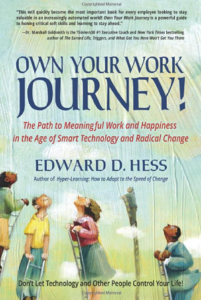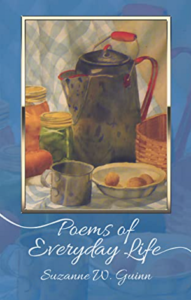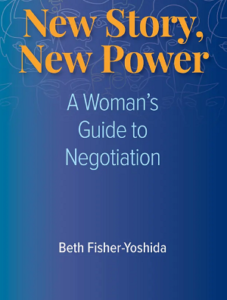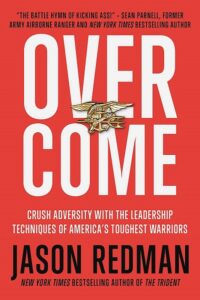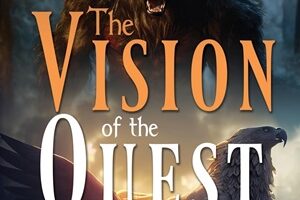Joseph Wallenstein’s Miranda and Flynn is an ever-timely reminder of how, at one time, American law enforcement operated with considerably more impunity than even today. The book, by implication as well, makes a convincing argument that many major criminal justice evolutions American law has experienced over our nation’s history are fueled by racial injustice of some sort. Ernesto Miranda never looked to become a celebrity; his primary ambition in life was staying out of jail. A particular encounter with law enforcement, John J. Flynn’s intervention into the man’s life, and a landmark court decision changed that and American life itself forever.
Wallenstein possesses a lean and to the point writing style. It is ideal for the subject matter; he has an ample amount of information to communicate to readers and much of it is legal in nature. Clarity is key. He builds the book in brief chapters that keep demands low on the reader’s attention span. You can digest the brief book in condensed chunks. There’s a near journalistic slant to Wallenstein’s book contributing to its aforementioned clarity.
Despite his critical role in the story, Miranda is not the book’s center. Wallenstein captures the larger than life qualities of attorney John J. Flynn without ever relying on flourish or flash; concrete details of the man’s lives suffice. This legendary brawling figure of the legal world was one of those rare attorneys not motivated solely by money and/or power, but rather a benign arrogance that put the burden of seeing justice through squarely on his shoulders alone.
AMAZON: https://www.amazon.com/Flynn-Miranda-Silence-Joseph-Wallenstein/dp/1634243102
The organizational strengths of the book allow its central figures to emerge so vividly. Having worked on the production of films such as The Godfather long ago underlined the importance of memorable characters for Wallenstein and his later work as an University of Southern California administrator overseeing the completion of around 1500 student films each year, alongside lecturing and leading seminars, highlight his talents for conveying information in a comprehensible manner.
It has enormous potential as a film. There are pathos present in Ernesto Miranda’s story, naturally, but Flynn seems to be a role any screenwriter worth their salt would love to tackle. The book isn’t long at all and even has enough “room” to include the certiorari writ Flynn filed with the U.S. Supreme Court to gain his historic hearing as well as a transcription of a 1976 interview with Flynn. The latter offers a particularly illuminating insight into Flynn’s character, motivations, and his perspective on the Miranda case.
The subject demands a larger and more in-depth treatment. It is impossible to overestimate the importance of this situation in American criminal case law and how it evened the table for so many citizens. In lieu of such a work, however, Miranda and Flynn is more than adequate. It provides readers a breezy yet substantive look at the individuals involved, the key events, and the reverberations we continue feeling even today. It’s well worth a look for those interested in American law and 20th century United States history.
Alexander Marias



